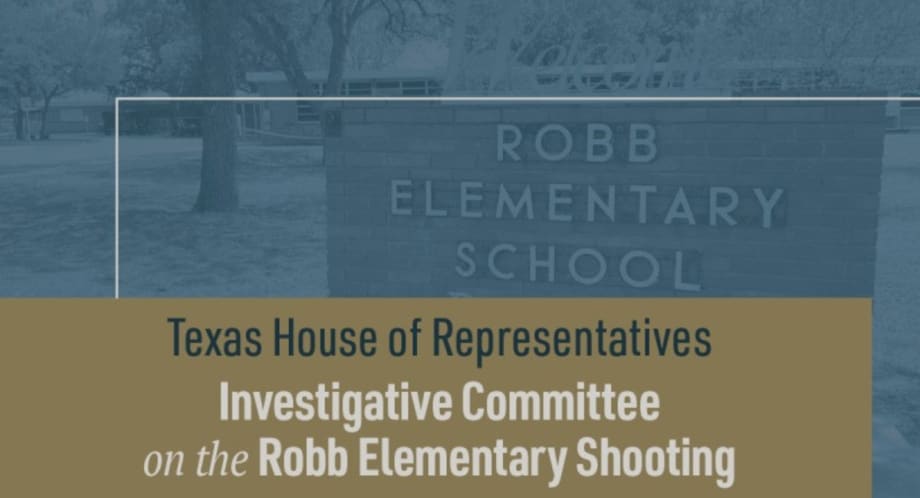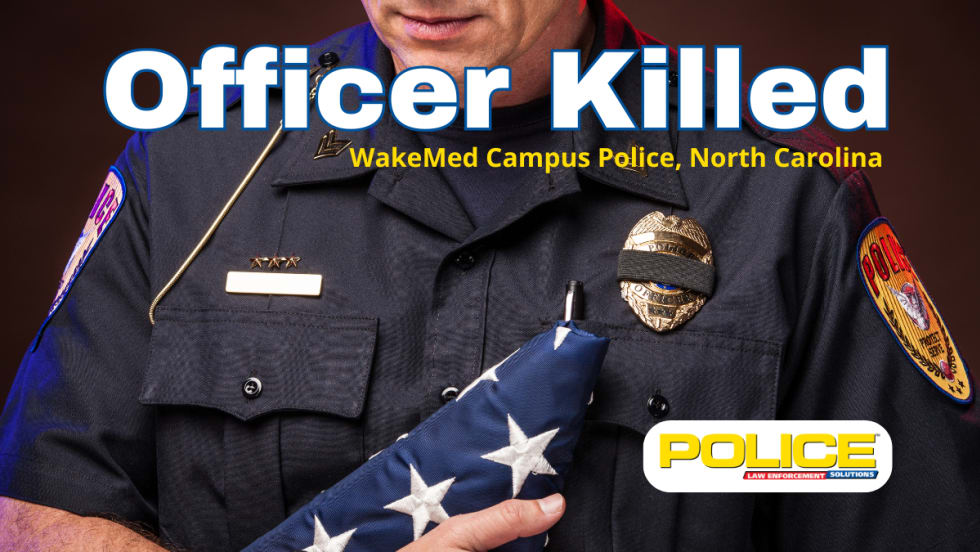Before joining the Uvalde CISD Police Department, Chief Pete Arredondo received active shooter training from the Advanced Law Enforcement Rapid Response Training (ALERRT) Center. The line of succession under the Uvalde CISD police department’s active shooter response plan are Arredondo, Uvalde CISD Police Department Lt. Mike Hernandez, and then Director of Student Services Kenneth Mueller. The plan also outlines that a command post should be established in the school administrative office.
“The void of leadership could have contributed to the loss of life as injured victims waited over an hour for help, and the attacker continued to sporadically fire his weapon,” the committee report finds. “A command post could have transformed chaos into order, including the deliberate assignment of tasks and the flow of the information necessary to inform critical decision making. Notably, nobody ensured that responders making key decisions inside the building received information that students and teachers had survived the initial burst of gunfire, were trapped in Rooms 111 and 112, and had called out for help.”
The report found that some officers, both inside and outside the school building, knew through radio traffic that students and teachers had survived the initial round of gunfire and needed medical care. However, nobody in command recognized the shooter was preventing medical care from reaching critically wounded victims.
“Correcting this error should have sparked greater urgency to immediately breach the classroom by any possible means, to subdue the attacker, and to deliver immediate aid to surviving victims. Recognition of an active shooter scenario also should have prompted responders to prioritize the rescue of innocent victims over the precious time wasted in a search for door keys and shields to enhance the safety of law enforcement responders,” the report states.
The committee found that an offsite overall incident commander may have realized radios were mostly ineffective for communications, found other means of communications, communicated information about 911 receiving calls from victims inside the classrooms, located a master key sooner, and thought to ask if officers had checked to see if the classroom doors were unlocked. The committee also believes the door to the classroom with the gunman had a broken lock, which means officers could have entered immediately without the need to wait on keys or tools.













